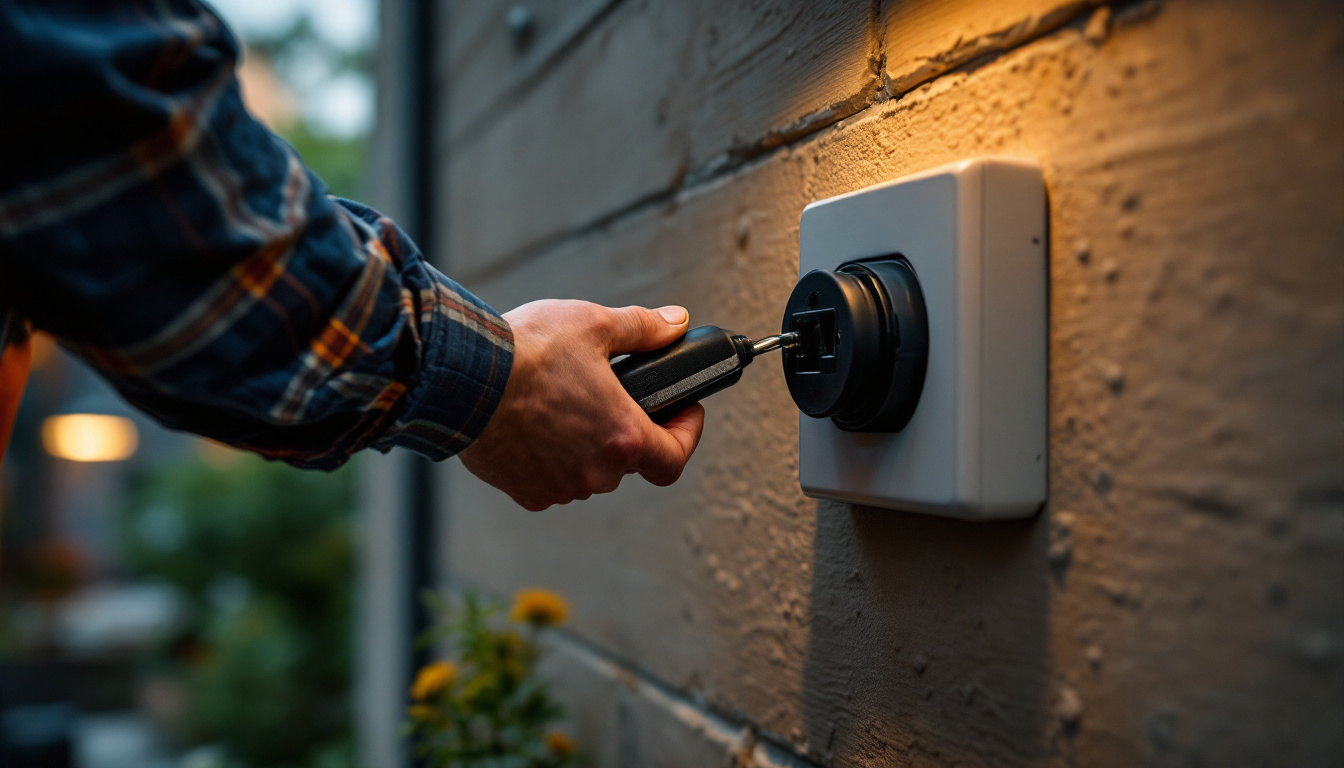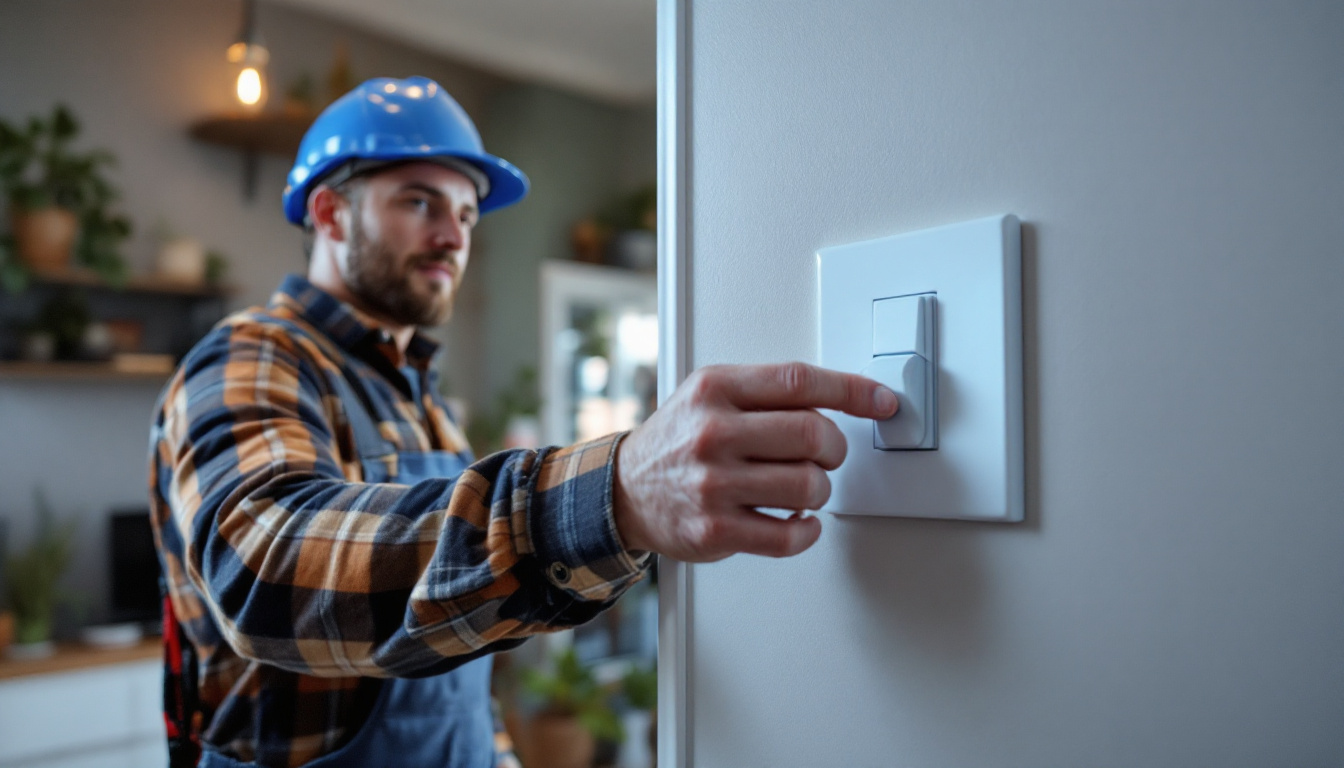
Lighting under kitchen cabinets has become an essential aspect of modern kitchen design, providing both functional and aesthetic benefits. However, for lighting contractors, the installation of under-cabinet lighting presents a unique set of challenges. Understanding these challenges is crucial for delivering high-quality results that meet client expectations. This article explores the top challenges faced by lighting contractors when dealing with under-cabinet lighting, offering insights and solutions to navigate these obstacles effectively.
One of the primary challenges for lighting contractors is understanding the unique characteristics of each kitchen space. Kitchens vary significantly in size, layout, and design, which can affect how under-cabinet lighting is installed and utilized. From cozy, compact kitchens to expansive culinary spaces, each environment presents its own set of lighting needs that must be carefully considered to create both functionality and ambiance.
The layout of a kitchen can greatly influence the type of under-cabinet lighting that is appropriate. For instance, kitchens with an open concept may require different lighting solutions than those with a more traditional closed-off design. Contractors must assess the overall design and functionality of the kitchen to determine the best placement and type of lighting. Factors such as the location of the sink, stove, and prep areas play a crucial role in ensuring that light is directed where it is most needed.
Additionally, the height of the cabinets and the distance to the countertop can vary, necessitating customized solutions. A thorough assessment ensures that the lighting not only enhances the aesthetics but also provides adequate illumination for tasks performed in the kitchen. Furthermore, the integration of smart lighting systems can offer flexibility, allowing homeowners to adjust brightness levels and color temperatures based on the time of day or specific activities, such as cooking or entertaining.
The materials used in the kitchen can also pose challenges. For example, reflective surfaces may require different lighting angles or types to avoid glare, while darker materials may absorb light, necessitating brighter fixtures. Understanding how various materials interact with light is essential for achieving the desired effect. Additionally, the choice of light fixtures can complement or clash with the kitchen’s overall aesthetic; for example, sleek stainless steel fixtures may enhance a modern kitchen, while vintage-style fixtures could add charm to a rustic space.
Moreover, the finish of cabinetry and countertops can significantly impact the lighting design. Matte finishes tend to diffuse light more evenly, while glossy surfaces can create hotspots if not carefully managed. This is why a detailed analysis of the kitchen’s materials, including backsplashes and flooring, is crucial. By taking these elements into account, contractors can ensure that the lighting not only serves its practical purpose but also harmonizes with the kitchen’s design, creating a cohesive and inviting atmosphere.
With a plethora of lighting options available, selecting the right fixtures can be daunting. Each type of fixture comes with its own set of advantages and challenges, making it crucial for contractors to be well-versed in the options. The decision-making process can be influenced by various factors, including the specific needs of the space, the desired aesthetic, and the budget constraints of the client. Understanding these nuances can significantly enhance the overall design and functionality of the lighting scheme.
LED lighting has gained popularity for under-cabinet installations due to its energy efficiency and long lifespan. However, contractors must consider factors such as color temperature and brightness levels. Some clients may prefer a warm light for a cozy atmosphere, while others may opt for a cooler tone for a more modern look. Additionally, the ability of LED fixtures to be dimmed without losing efficiency or color quality makes them an attractive option for versatile lighting solutions.
Fluorescent lighting, while still used in some applications, has become less favored due to its flickering and color rendering issues. Understanding these differences allows contractors to make informed recommendations to clients, ensuring satisfaction with the final product. Furthermore, it’s essential to note that advancements in fluorescent technology have led to improved options, such as compact fluorescent lamps (CFLs), which can offer better color rendering and energy savings compared to traditional tubes. This knowledge empowers contractors to present a balanced view of both lighting types, helping clients make choices that best fit their needs.
Incorporating dimmer switches and smart controls can enhance the functionality of under-cabinet lighting. However, this adds another layer of complexity to the installation process. Contractors must ensure compatibility between the fixtures and the control systems, which can vary widely in terms of technology and user interface. For instance, some smart systems can be controlled via smartphone apps, allowing users to adjust lighting from anywhere in the home, while others may rely on traditional wall-mounted controls.
Moreover, educating clients about the benefits of these controls can help them appreciate the added value, making them more likely to invest in higher-quality solutions. By demonstrating how dimmers can create different moods for various activities—such as bright light for cooking and softer light for entertaining—contractors can help clients envision the full potential of their lighting design. Additionally, discussing energy savings associated with dimming can further persuade clients to embrace modern control options, ultimately leading to a more satisfying and sustainable lighting experience.
Electrical issues often present significant challenges during installation. Ensuring that the electrical system can support the new lighting without overloading circuits is paramount for safety and functionality.
Contractors must evaluate the existing wiring and circuit capacity before proceeding with installation. This includes checking for any potential issues such as outdated wiring or insufficient amperage. In some cases, it may be necessary to upgrade the electrical system to accommodate new fixtures.
Additionally, understanding local electrical codes and regulations is crucial. Compliance not only ensures safety but also protects contractors from potential liabilities.
Determining the best power supply location is another challenge. Ideally, power sources should be easily accessible and unobtrusive. However, in many kitchens, the layout may complicate this process. Contractors must devise creative solutions to conceal wiring while maintaining accessibility for future maintenance.
The actual installation of under-cabinet lighting can be fraught with challenges, particularly when it comes to achieving a clean and professional look. Proper techniques are essential for ensuring that the lighting is both functional and visually appealing.
There are various mounting options available for under-cabinet lighting, including adhesive strips, clips, and brackets. Each option has its own pros and cons, and the choice often depends on the specific kitchen design and client preferences.
For instance, adhesive strips may be easier to install but may not provide the same level of stability as brackets. Contractors must weigh these factors carefully to ensure a secure and lasting installation.
Proper alignment and spacing of fixtures are crucial for achieving even illumination. Uneven lighting can create shadows and detract from the overall aesthetics of the kitchen. Contractors should take the time to measure and mark the placement of fixtures before installation to ensure a professional finish.
Effective communication with clients is vital throughout the installation process. Setting clear expectations can help to mitigate misunderstandings and ensure client satisfaction.
Every client has unique needs and preferences when it comes to lighting. Some may prioritize functionality, while others may focus on aesthetics. Contractors should take the time to understand these needs through consultations and discussions, allowing for tailored solutions that meet client expectations.
Regular updates during the installation process can also help keep clients informed and engaged. This transparency fosters trust and can lead to a more positive overall experience.
Budget constraints are a common challenge in any renovation project. Contractors must navigate these limitations while still delivering quality results. Offering a range of options at different price points can help clients make informed decisions without compromising on quality.
Additionally, discussing the long-term benefits of investing in higher-quality fixtures can help clients see the value in their choices, potentially leading to a more satisfying outcome.
Once the installation is complete, the relationship between contractors and clients does not end. Providing post-installation support is essential for maintaining client satisfaction and ensuring the longevity of the lighting system.
Clients may have questions or concerns about maintenance and troubleshooting after the installation. Offering guidance on how to care for the lighting system, as well as troubleshooting common issues, can enhance the client experience and build trust.
Providing a warranty or service agreement can also reassure clients that they are covered in case of any issues, further solidifying the contractor’s reputation for quality service.
Encouraging client feedback is crucial for continuous improvement. Understanding what worked well and what could be improved can help contractors refine their processes and offerings. This feedback loop not only enhances the contractor’s skills but also demonstrates a commitment to client satisfaction.
Under-cabinet lighting presents a range of challenges for lighting contractors, from understanding the unique characteristics of each kitchen space to navigating electrical considerations and installation techniques. By addressing these challenges head-on and maintaining clear communication with clients, contractors can deliver high-quality results that enhance both the functionality and aesthetics of modern kitchens.
Ultimately, the key to success lies in a combination of technical expertise, creative problem-solving, and a commitment to client satisfaction. By embracing these principles, lighting contractors can overcome the challenges of under-cabinet lighting and thrive in an increasingly competitive market.
Ready to tackle the challenges of under-cabinet lighting with confidence? At LumenWholesale, we support your commitment to quality and client satisfaction by providing an exceptional range of spec-grade lighting products at wholesale prices. Say goodbye to local distributor markups and hello to our curated selection that meets rigorous industry standards. Plus, with free shipping on bulk orders, you can trust that you’re getting the best value without any hidden costs. Elevate your lighting projects by choosing LumenWholesale, where quality, affordability, and convenience come together seamlessly. Discover our products and take advantage of unbeatable wholesale pricing by visiting Wholesale Lighting at the Best Value today.

Discover how ceiling recessed LED lights are transforming the lighting industry and giving contractors a competitive edge.

Discover why covers for outdoor electrical outlets are essential for lighting contractors.

Discover how a 3-speed fan switch can revolutionize the workflow for lighting contractors, offering significant time and cost savings.

Discover how innovative lighting designs in baseball parks enhance visibility, improve player performance, and elevate the fan experience.